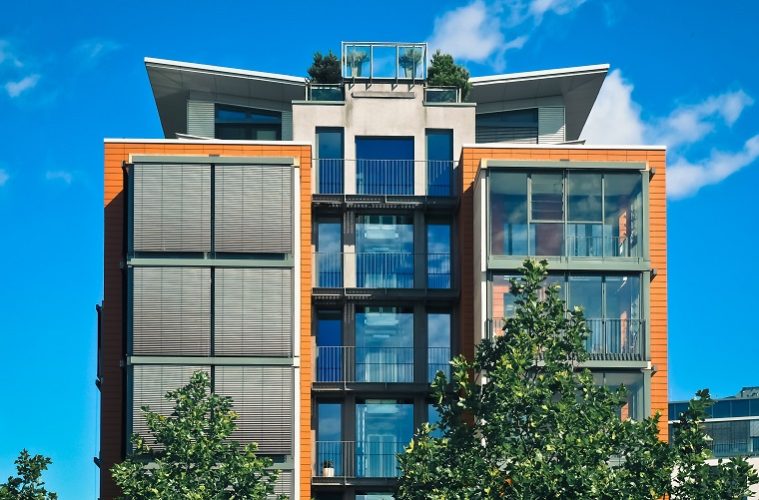From student housing to purpose-built student accommodation, the UK student market is an expansive sector with an abundance of opportunities for investors. However, an eminent shortage of student lodgings has provided enviable conditions for investment, with those properties designed solely for student use coming out on top.
So, what happens when the supply catches up? The truth is, no matter how many brand-new developments are constructed in upcoming years, the number of students attending British universities is rising every year by over 3%. This will most likely maintain the environment that exists today where demand far exceeds available market stock. Subsequently, investors can look forward to higher student demand for property.
The standard of student property is another factor that will continue to change in the future. Students are demanding fresh and innovative accommodation with superior facilities close to city centres and uni campuses. Developers are recognising the need for higher quality living experiences and will reflect student requirements in the design of new builds. Brand new properties will be available for investment off-plan, meaning investors can acquire lower-priced, completely new units such as those available through property investment company, RWinvest.
Rental returns will continue to outperform other investment classes as the market hikes up the potential for yields. As with basic supply and demand trends, whenever there is a lack of something that is wanted by a lot of people, the price of what’s available goes up. In student property terms, the rental income on apartments will rise as long as there continues to be an undersupply, and this consequently drives up the rental yields that can be obtained by investors. On average, students are paying £600 more each year for their living quarters, so you can just imagine how this has impacted on returns.
Investment in student properties increased to a peak of £4.3 billion in 2016, but forecasts suggest that student spending will rise to £37 billion by 2020. Another reason behind its predictions for further growth boils down to property prices. As with most UK property in urban areas, student property prices are ascending. Student accommodation rose by a quarter in the seven years leading up to 2016, and although it may seem negative for the cost of sought-after apartments to escalate so rapidly, it’s all great news for investors seeking out student opportunities.
This is by no means a motive for investors to back away from student property. There are still a number of UK locations that offer more affordable apartments in sell-out cities which will equally benefit from bumped up costs over time. As the value of a student unit increases, investors can make a profit on their investment if deciding to sell up in the future. This capital appreciation approach is one of the main pulls for those venturing into the world of property, but the student market possesses a slight edge due to its distinctive supply and demand relationship.
Analysing how the student property sector and its demand, prices and potential for yields has changed over the past few years, combined with the distinctive features of the current marketplace, growth remains positive from all angles. Everything points to solidity, and this alone could be enough to persuade investors to get involved with this exciting and expanding form of investment.




